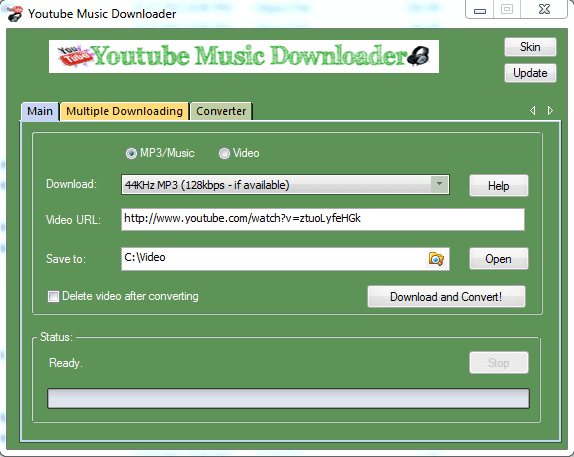

320Kbps audio results in a bandwidth of 2.40 MB per minute, or 115.2 MB per hour. When you listen to music at a higher bitrate, it is generally of higher quality. Different data rates are charged by services like Pandora, Spotify, Apple Music, and Amazon Music. Music and audio can be streamed from a variety of devices.

Even high- quality streaming services, despite being slightly inferior to each other in terms of quality, will not affect your monthly Internet data usage. When you stream music through a streaming service, your data and bandwidth are typically low. To determine the audio data rate and usage. To cut down on data usage, here are a few pointers. The quality of a YouTube stream is measured by frames per second (fps), which is a higher rate than the quality of the stream itself. For your video stream, you will need to allocate a certain amount of data based on the Pixel Rate. The bitrate of the music being played directly reflects how much data will be consumed throughout the course of an hour. The quality of your YouTube Music stream is directly related to the amount of data you consume.

YouTube Music is included as part of some smart TV and smartphone platforms, making it one of the most popular services. By the end of this article, you should have a clear understanding of how much data streaming music on YouTube uses and how to reduce it. We will also look at some tips for managing your data usage when streaming music on the platform. One popular streaming platform is YouTube, but does streaming music on YouTube use a lot of data? In this article, we will explore the amount of data used by streaming music on YouTube, and how to reduce the amount of data used when streaming music on YouTube. But with more and more streaming services available, it is important to consider how much data each one uses. The prevalence of streaming music online has revolutionized how we access and listen to music.


 0 kommentar(er)
0 kommentar(er)
